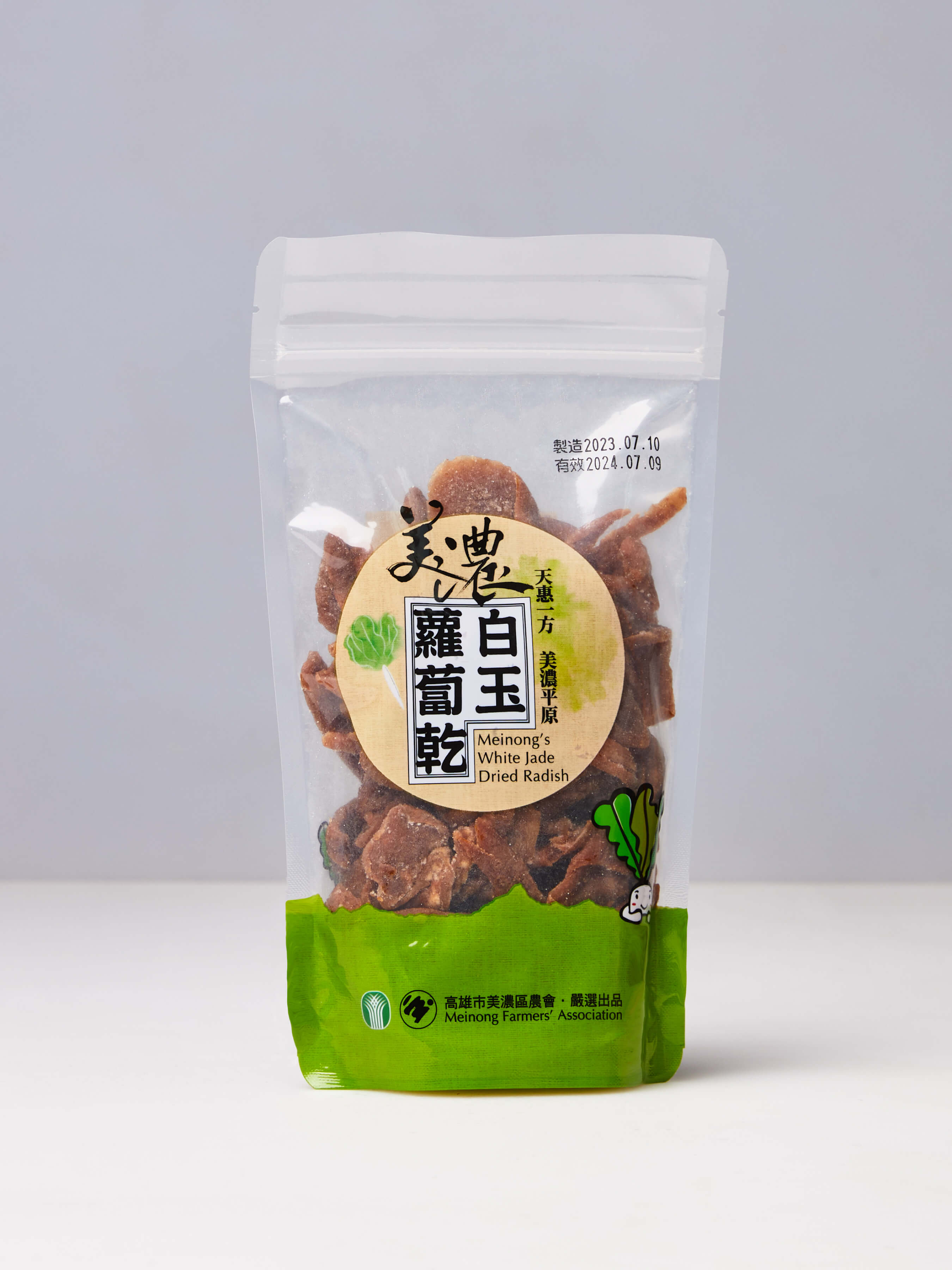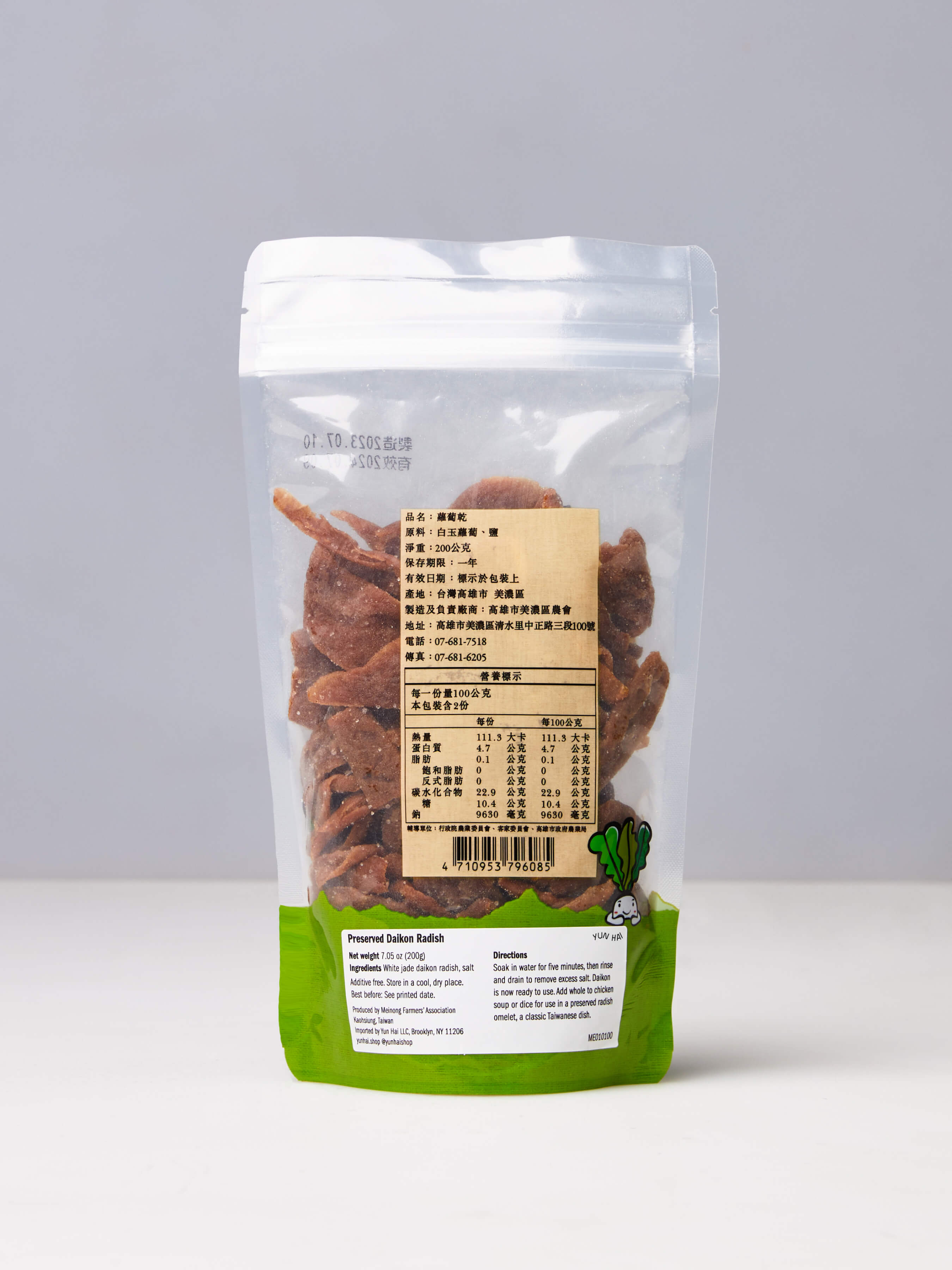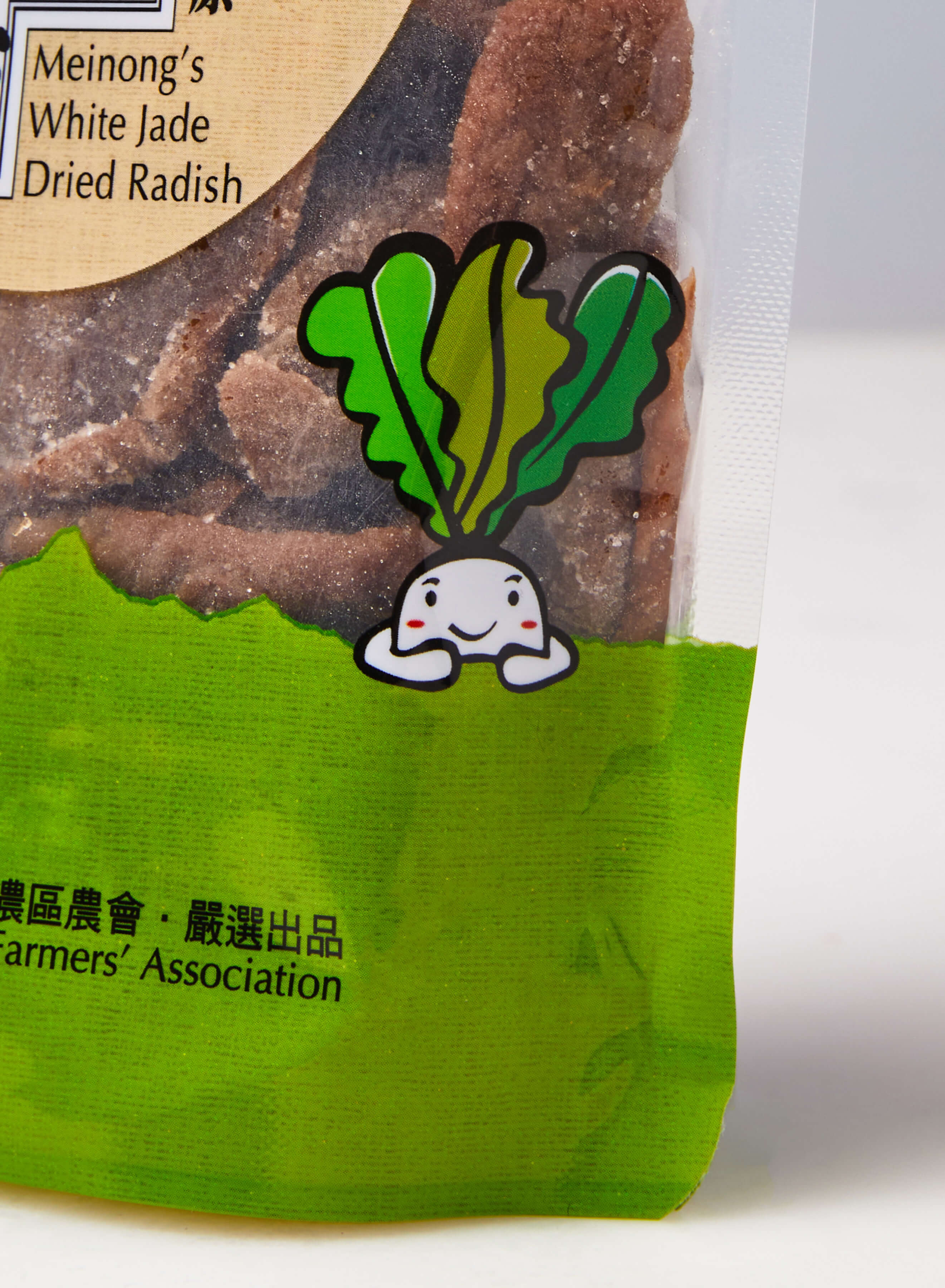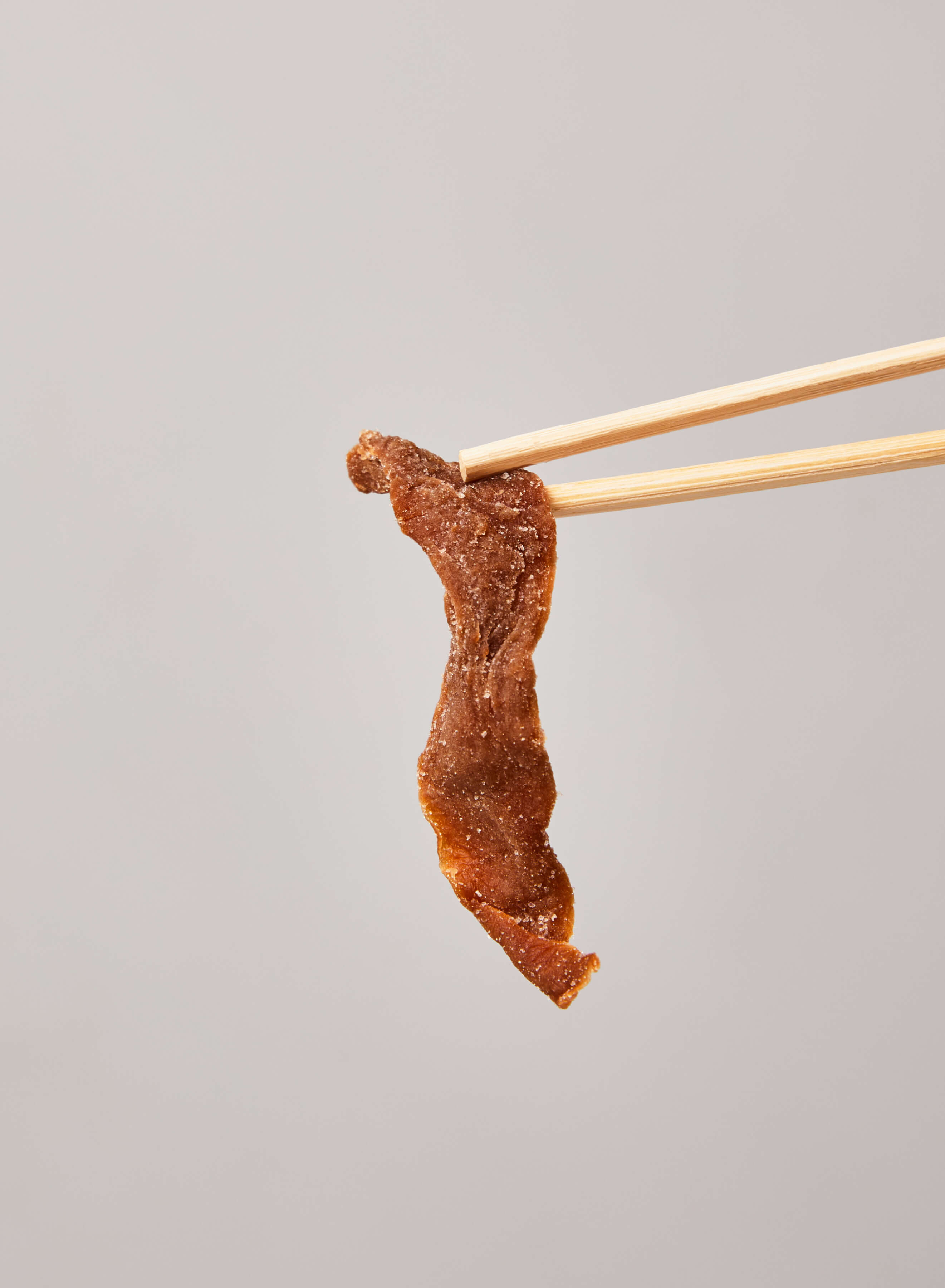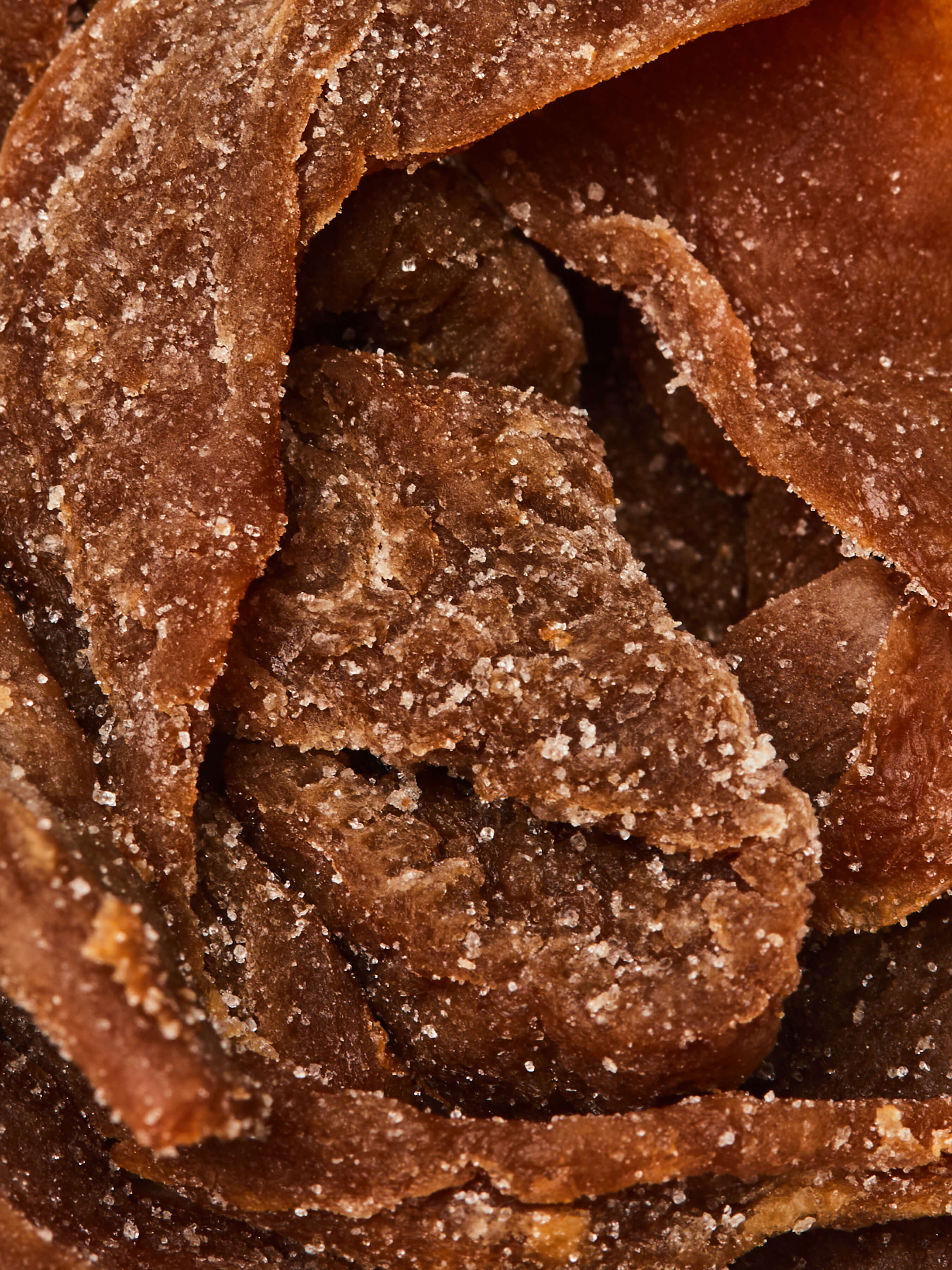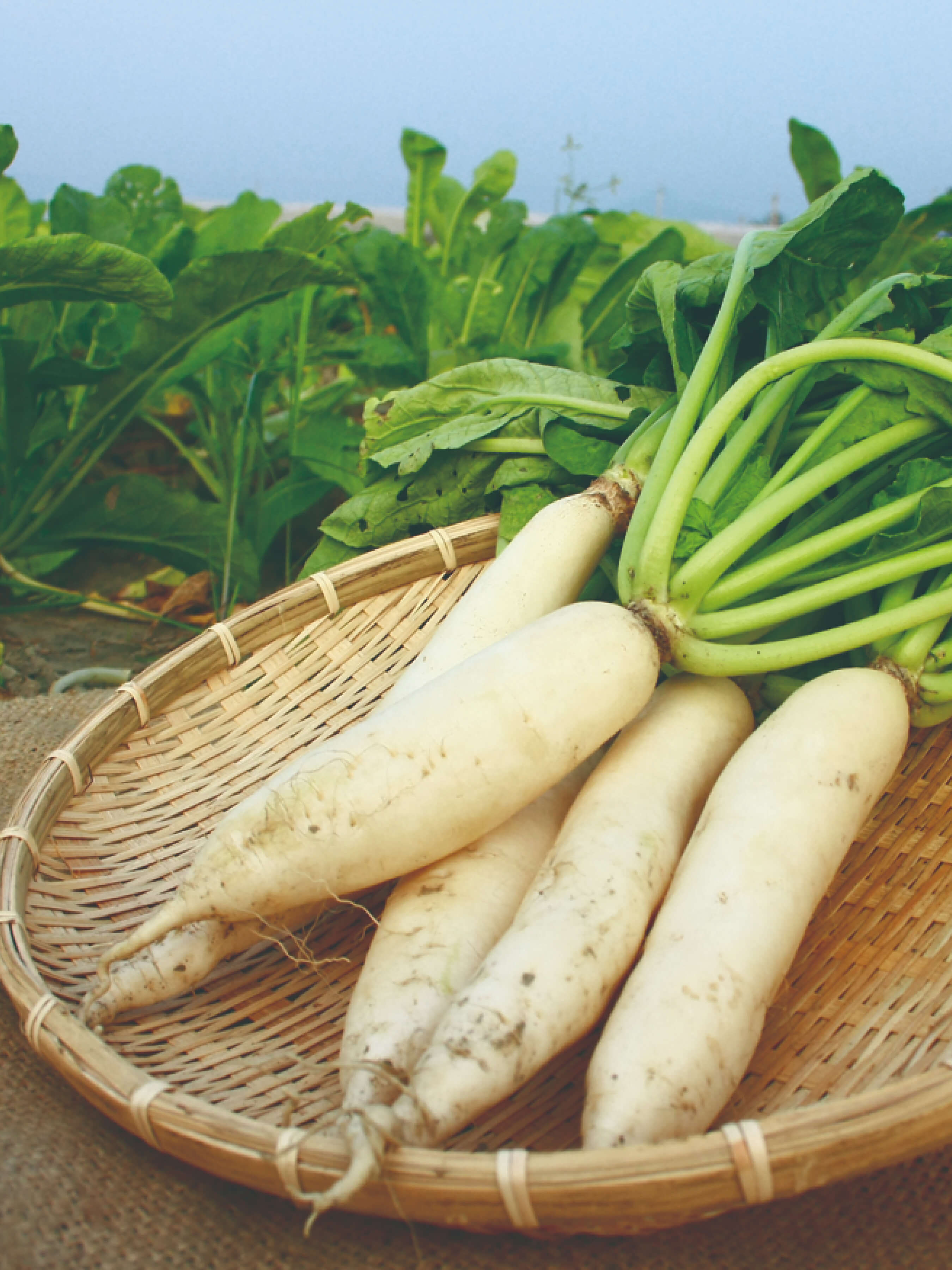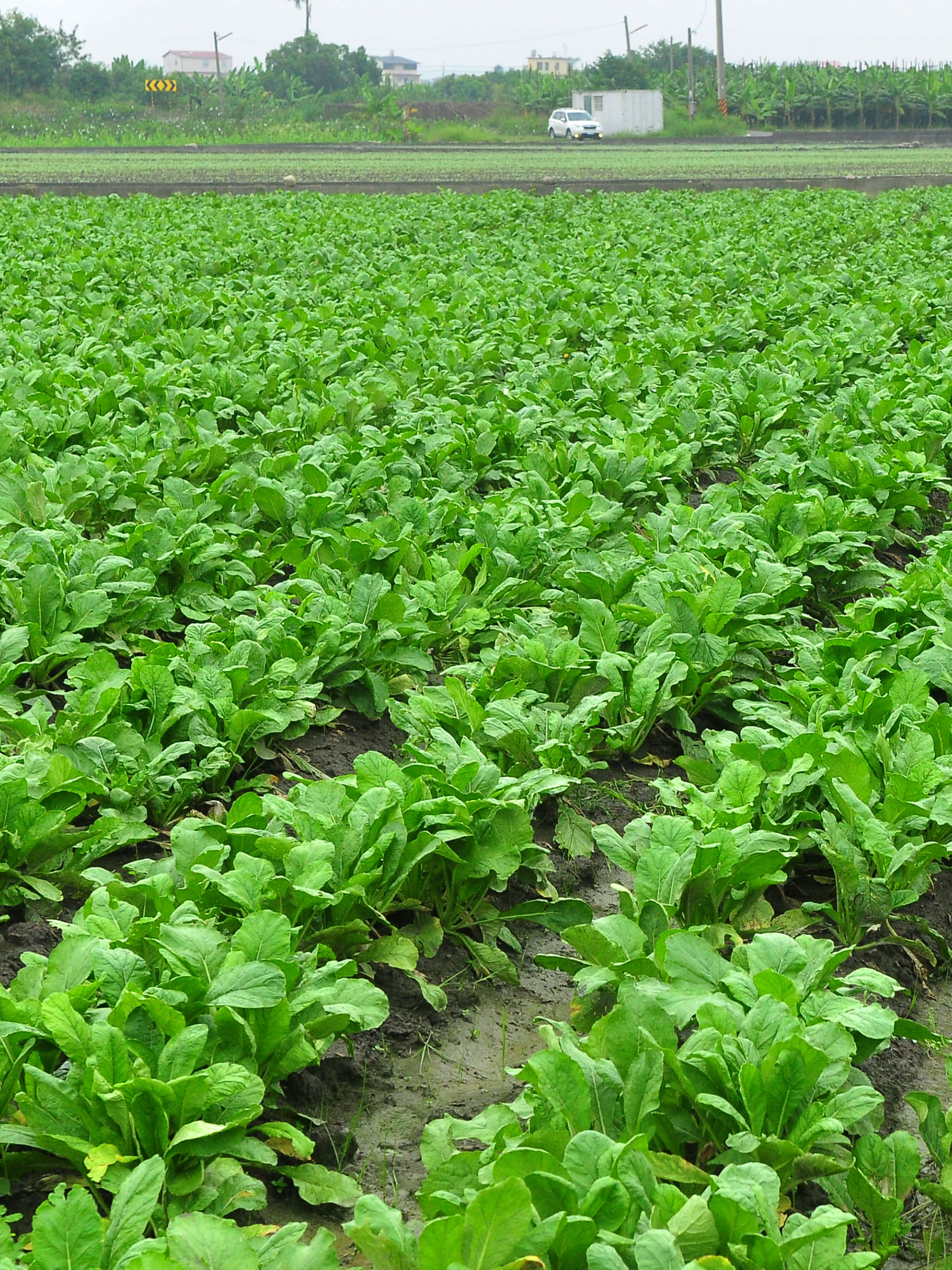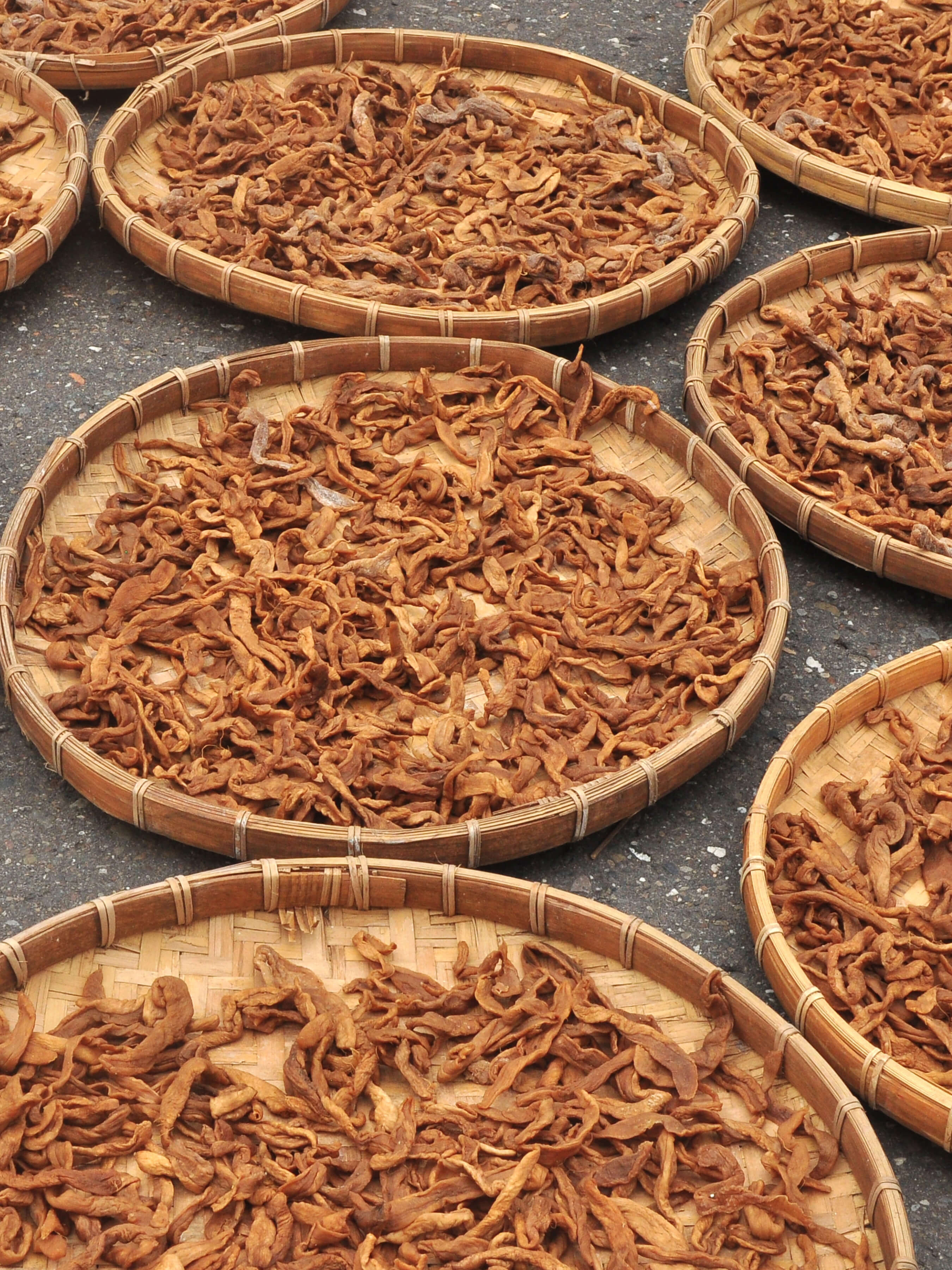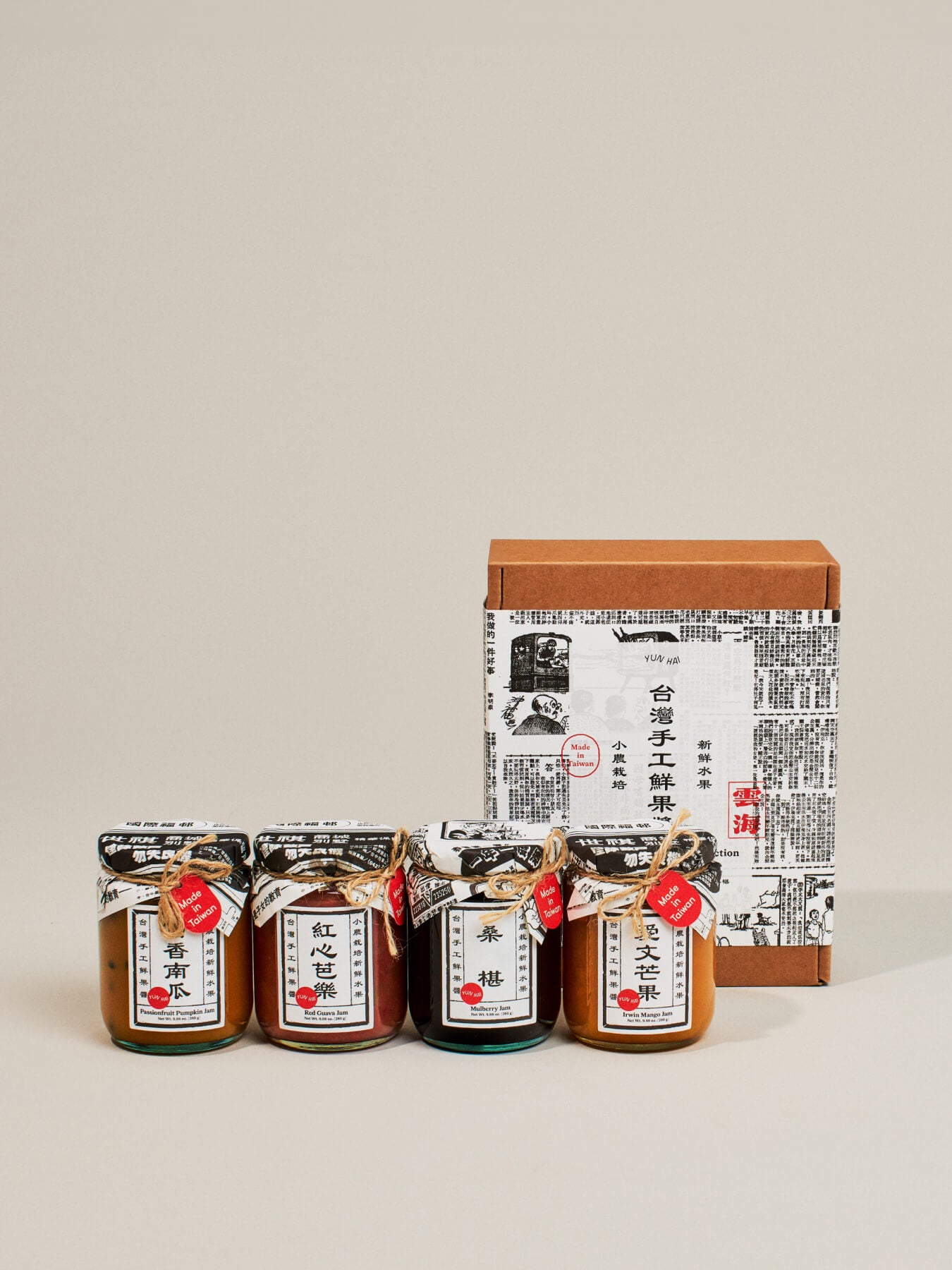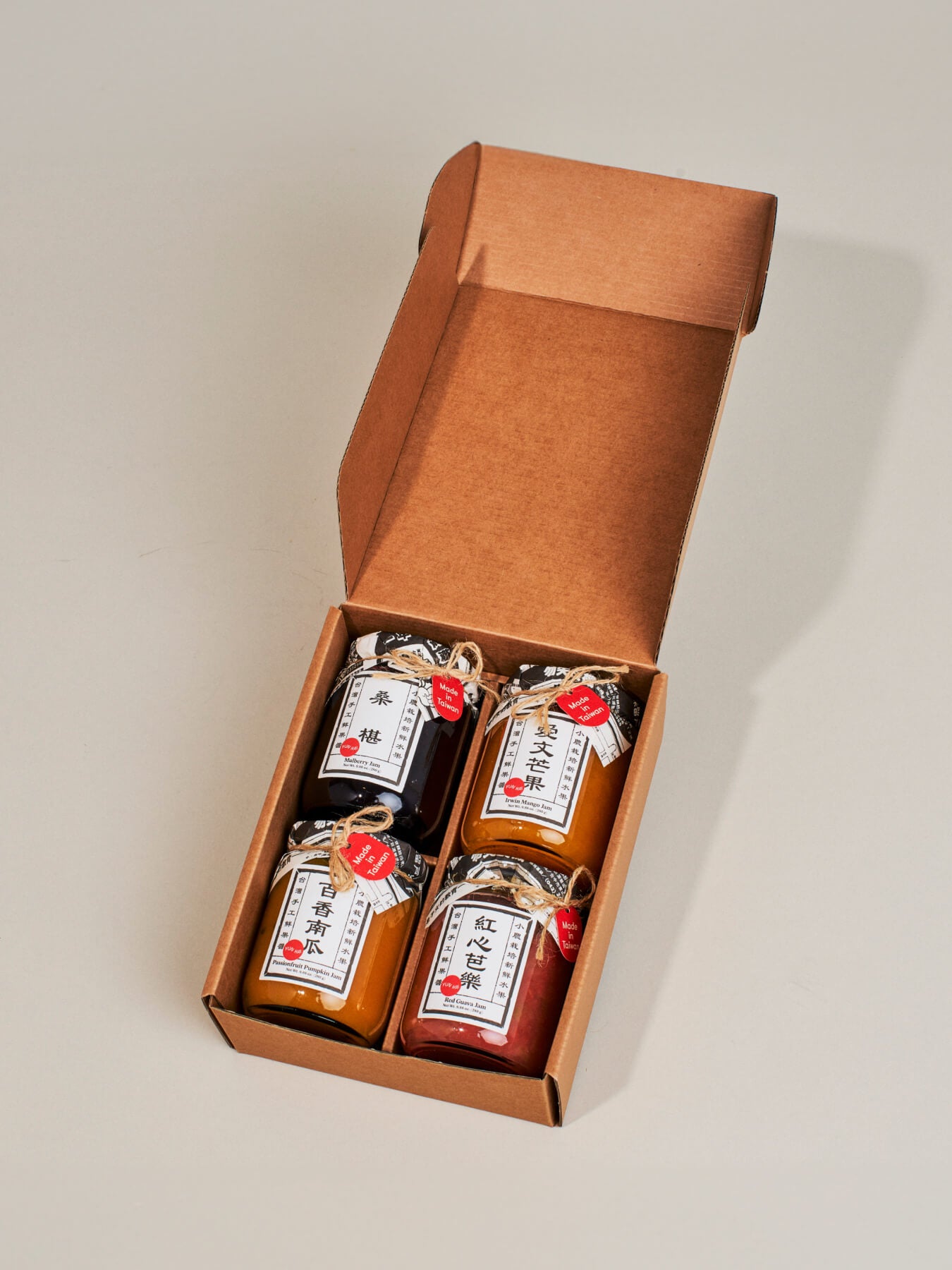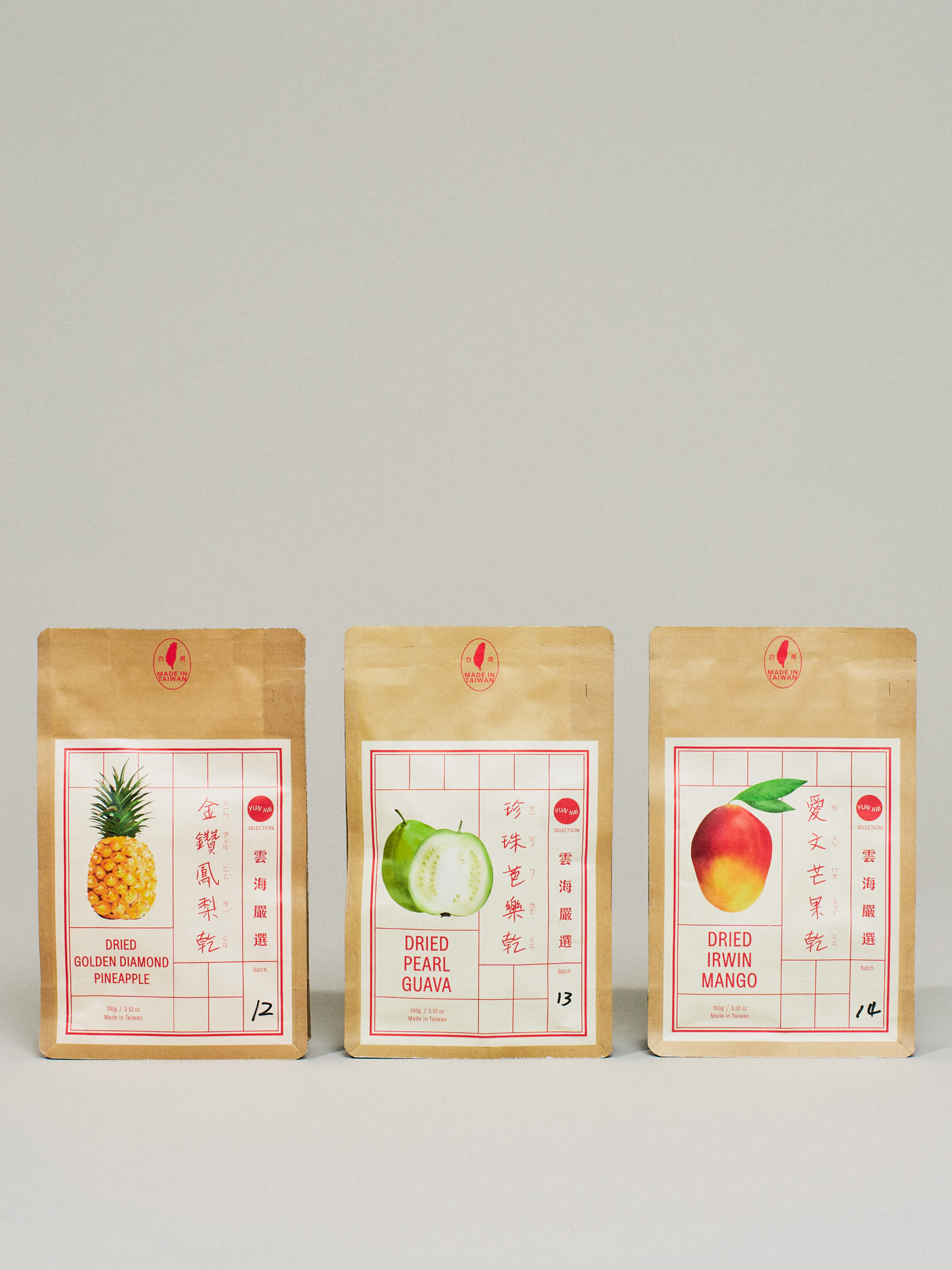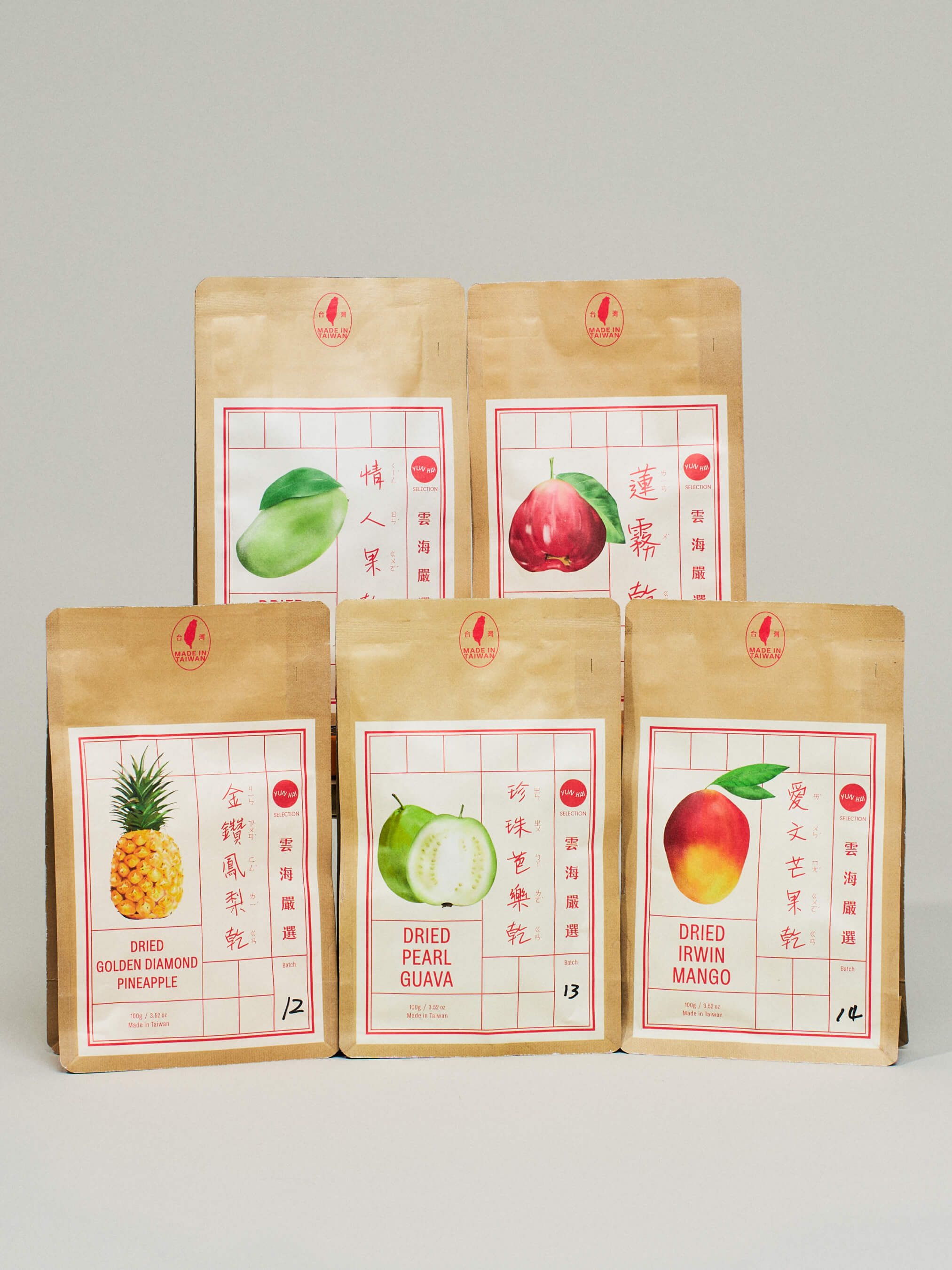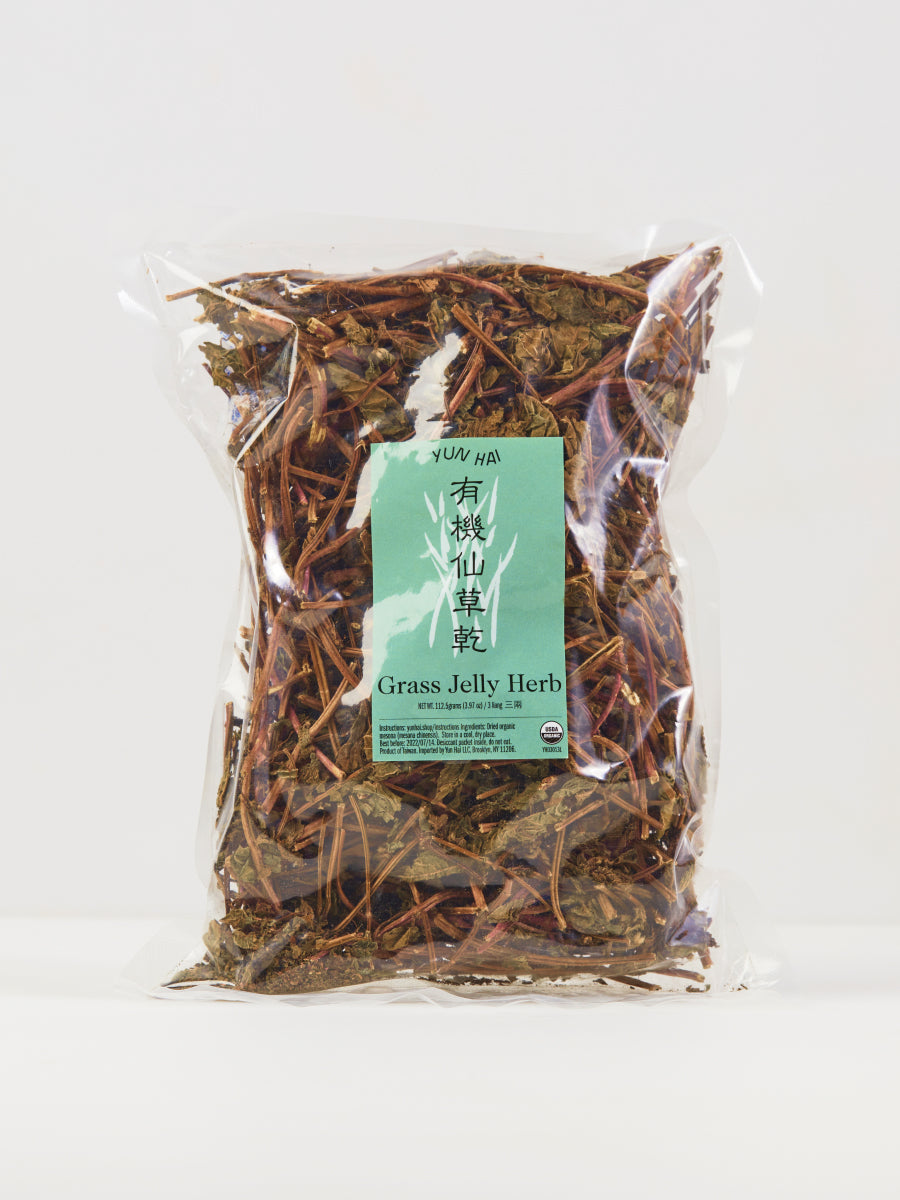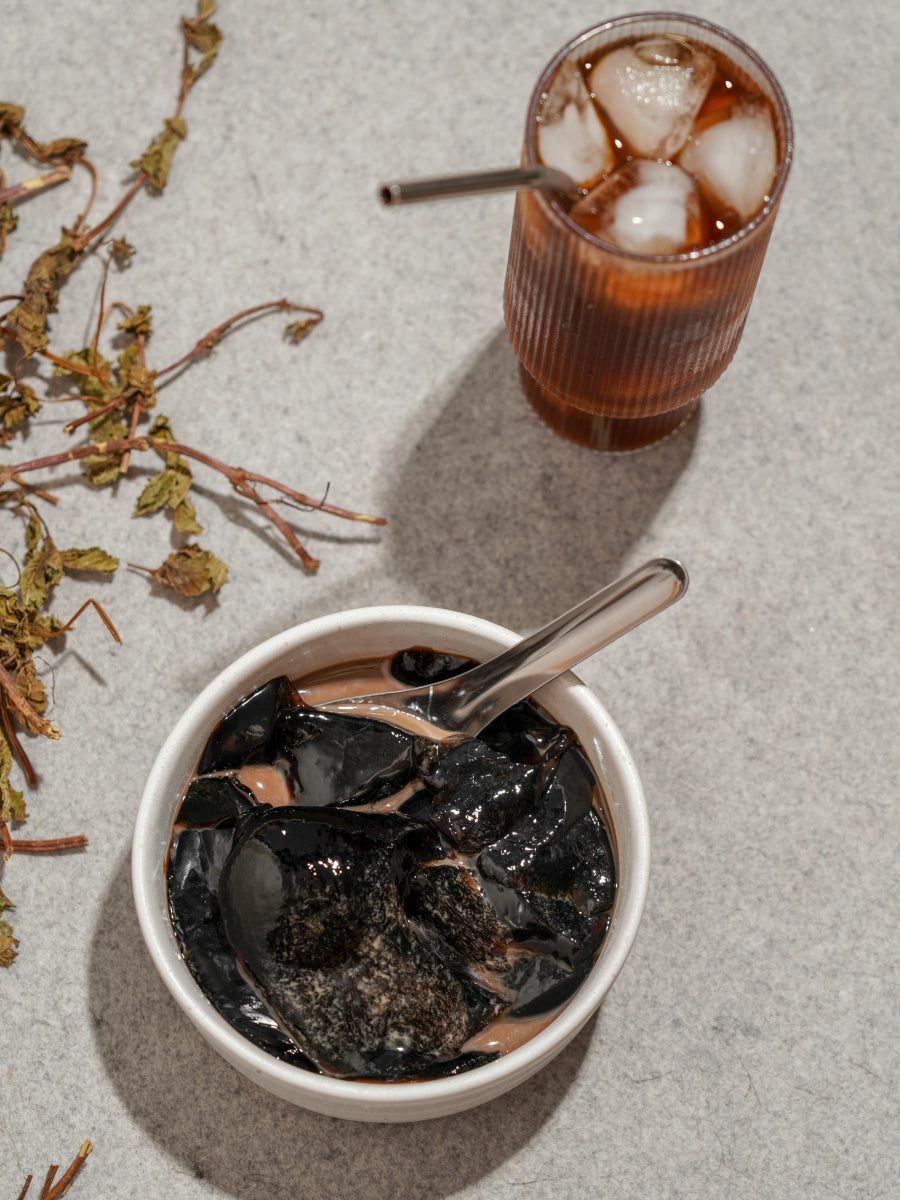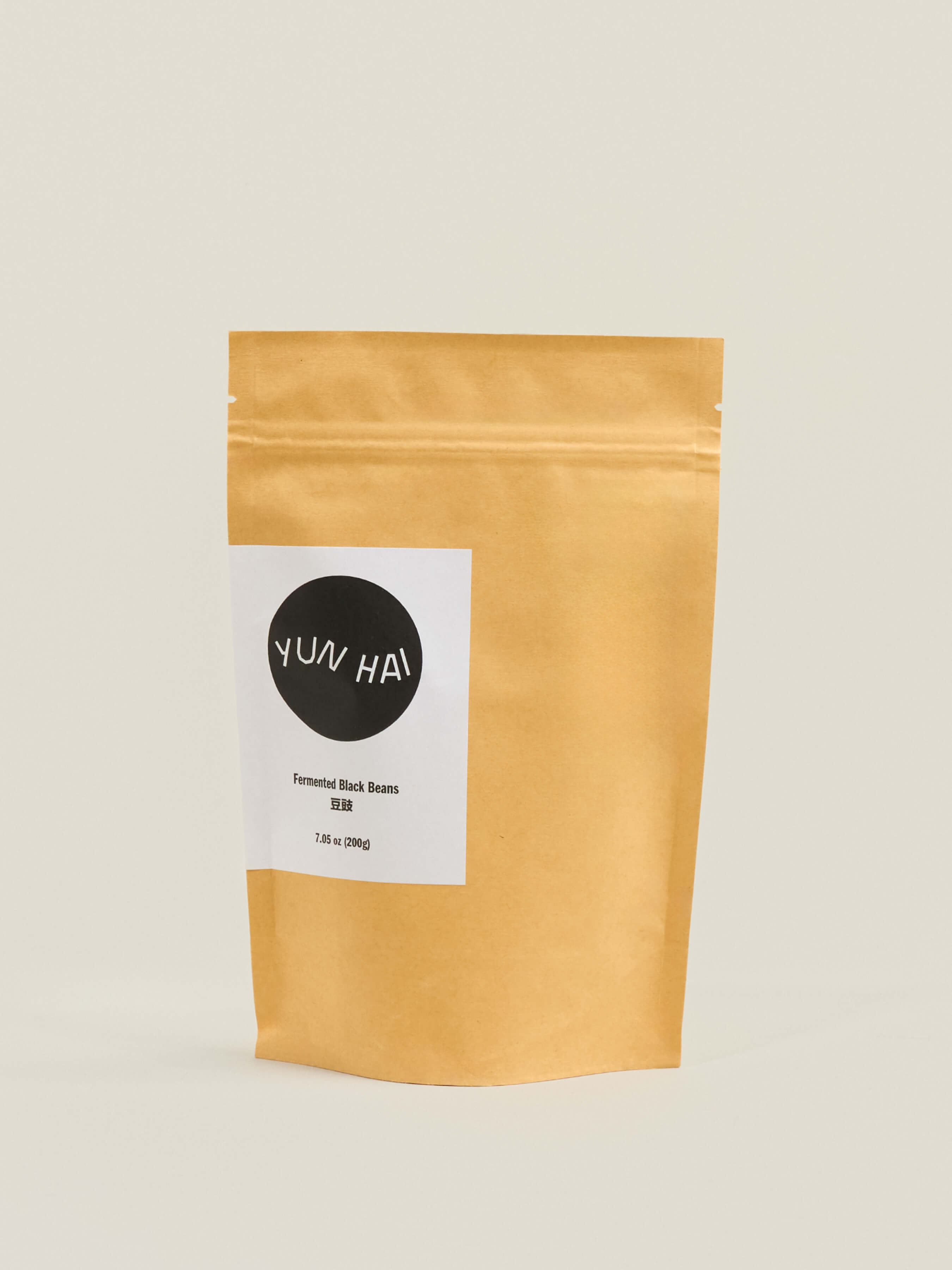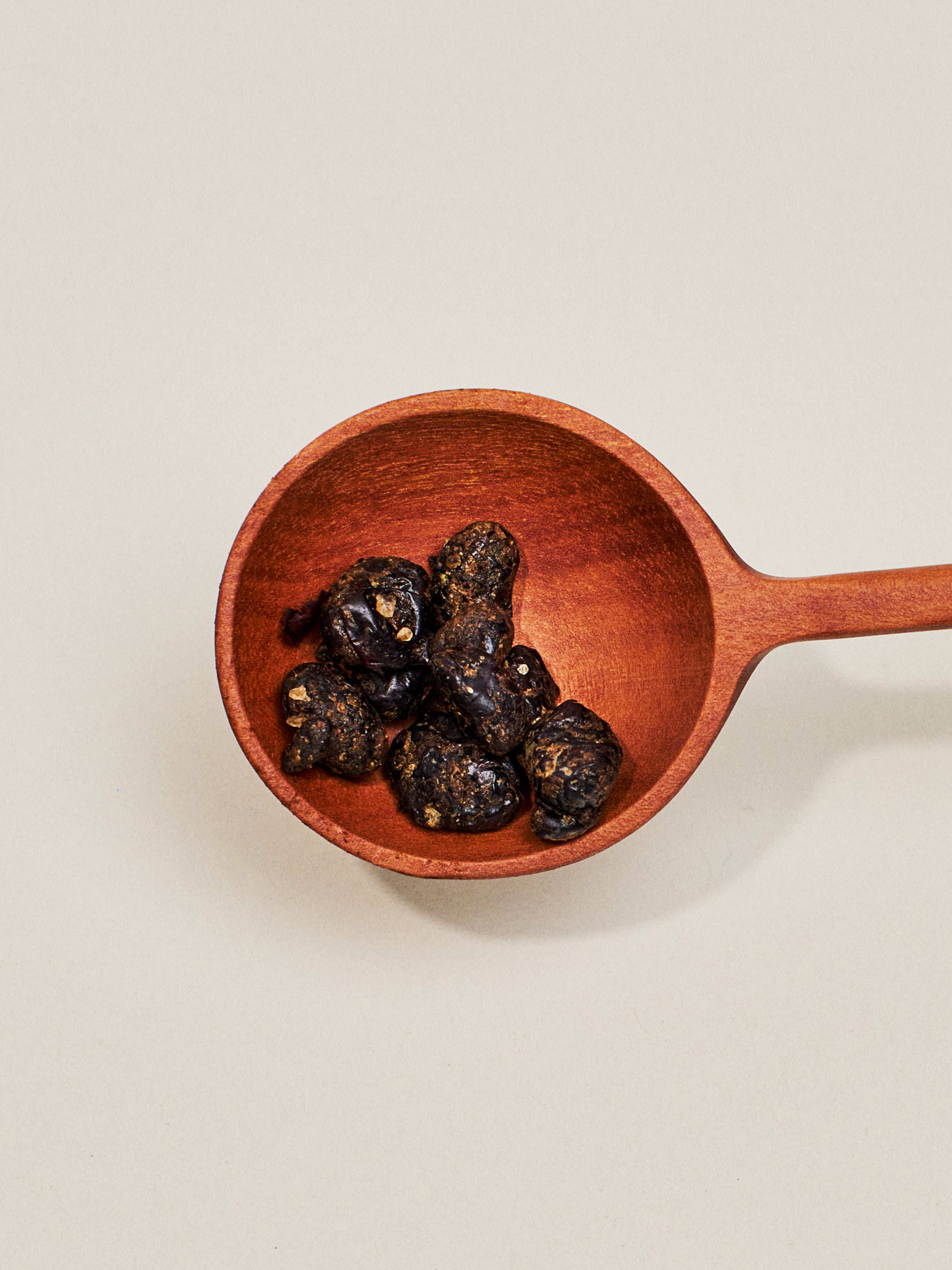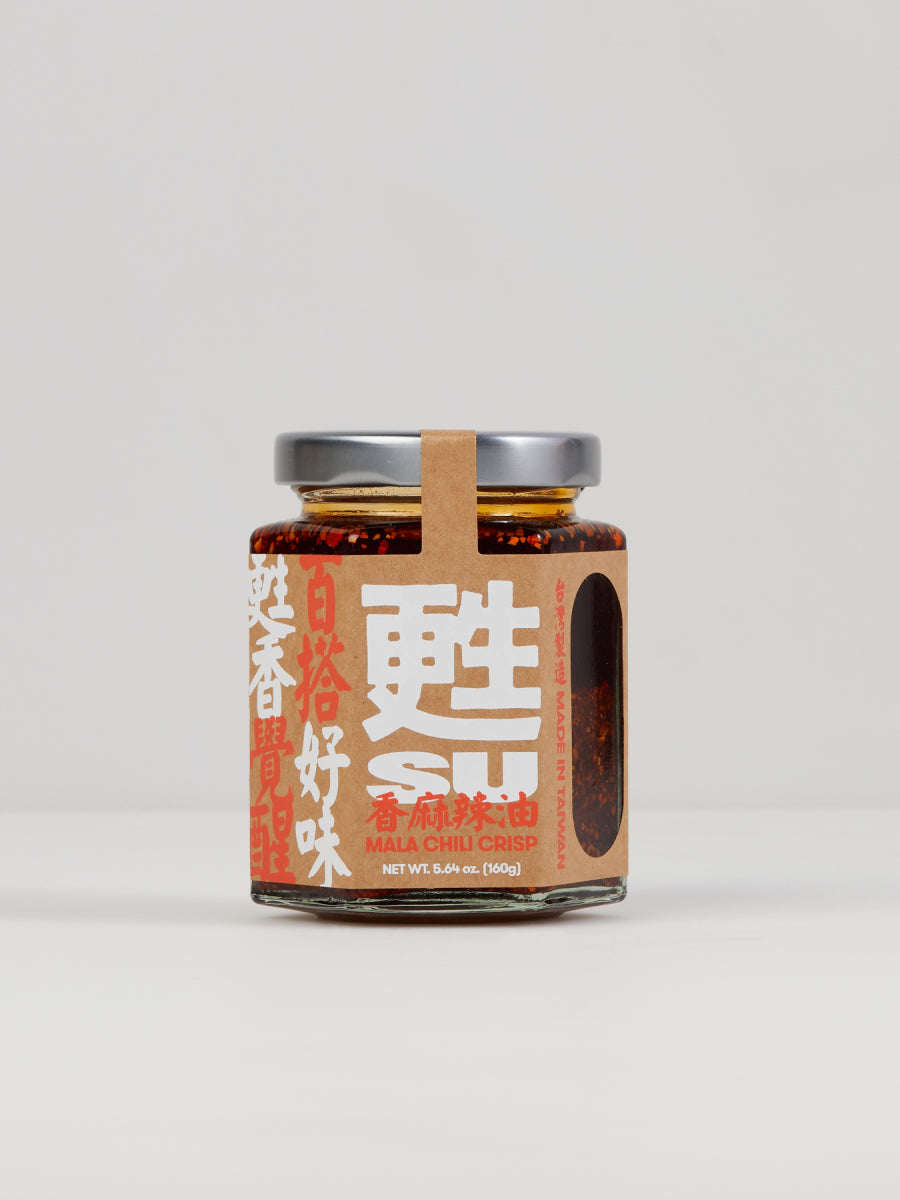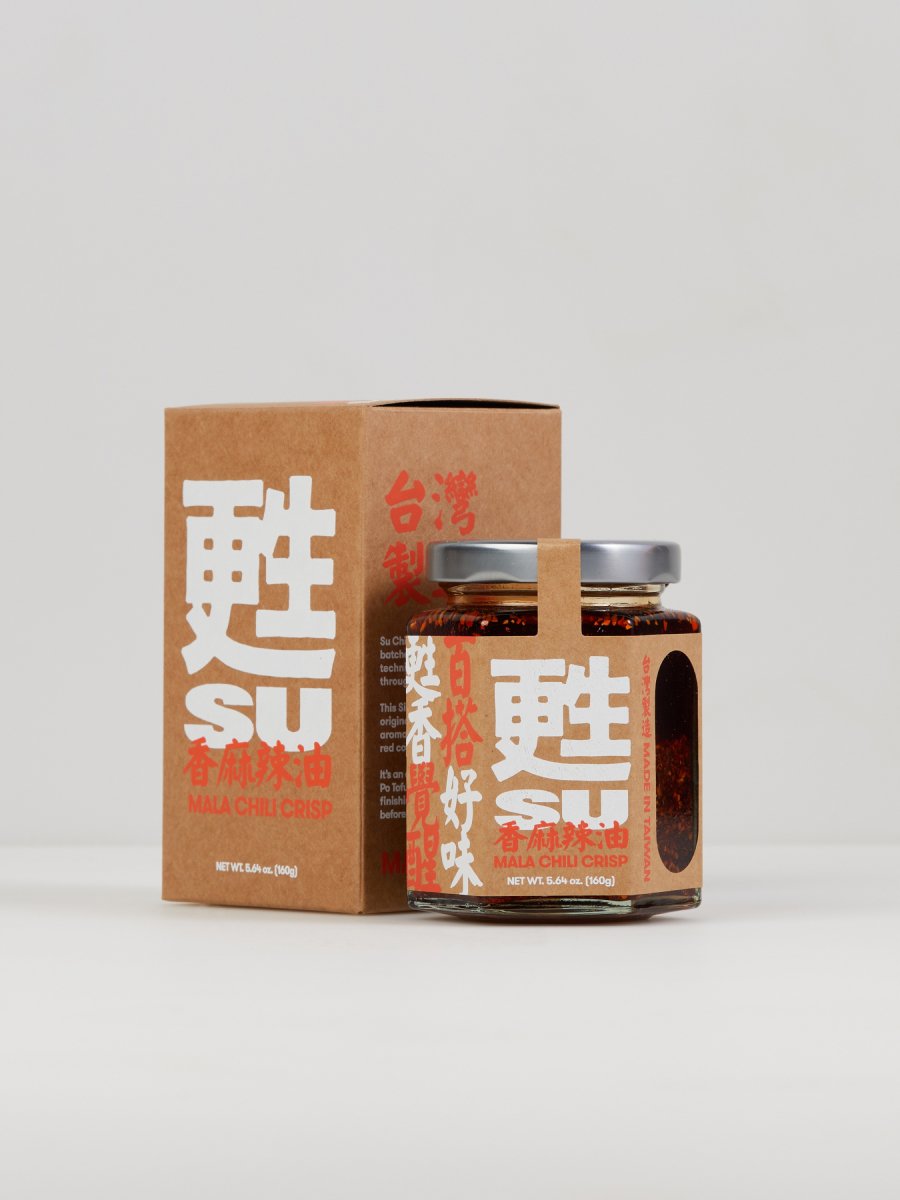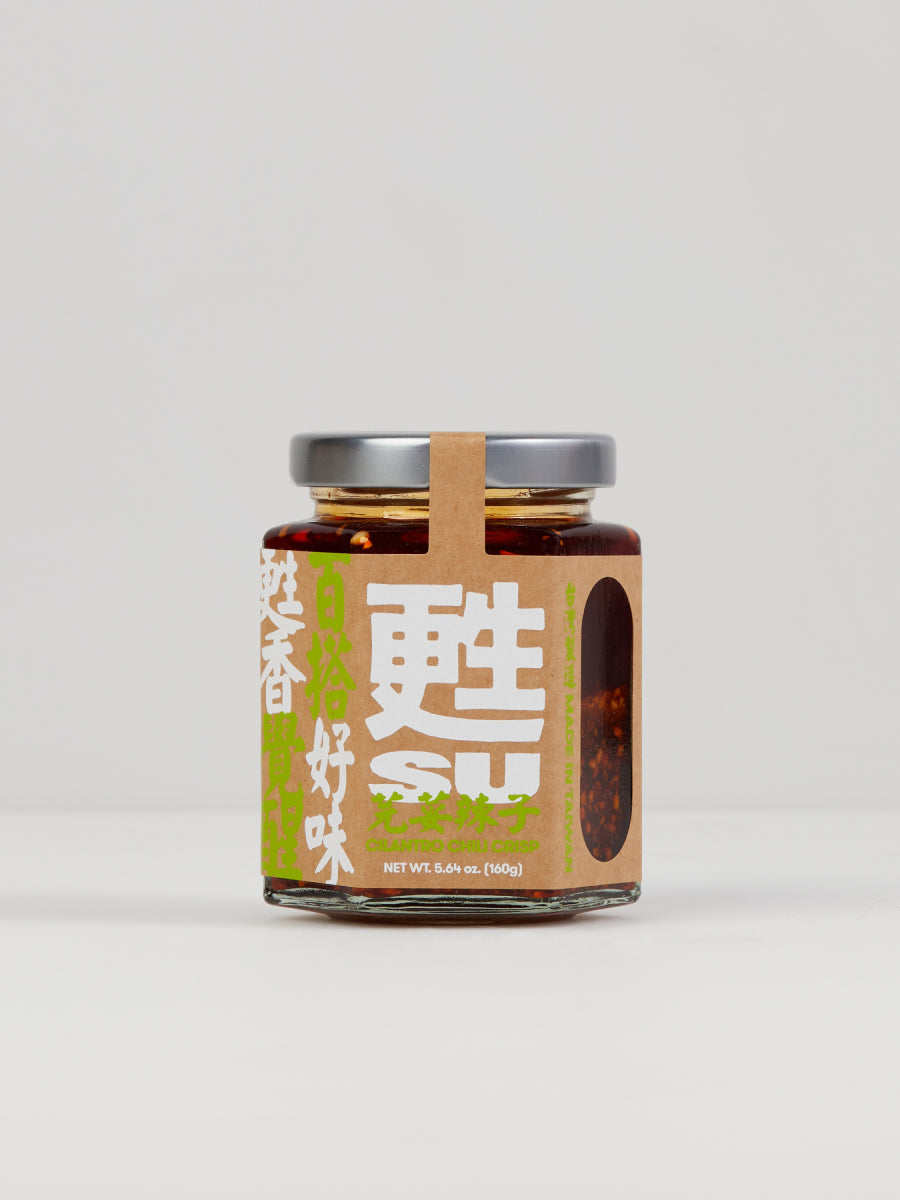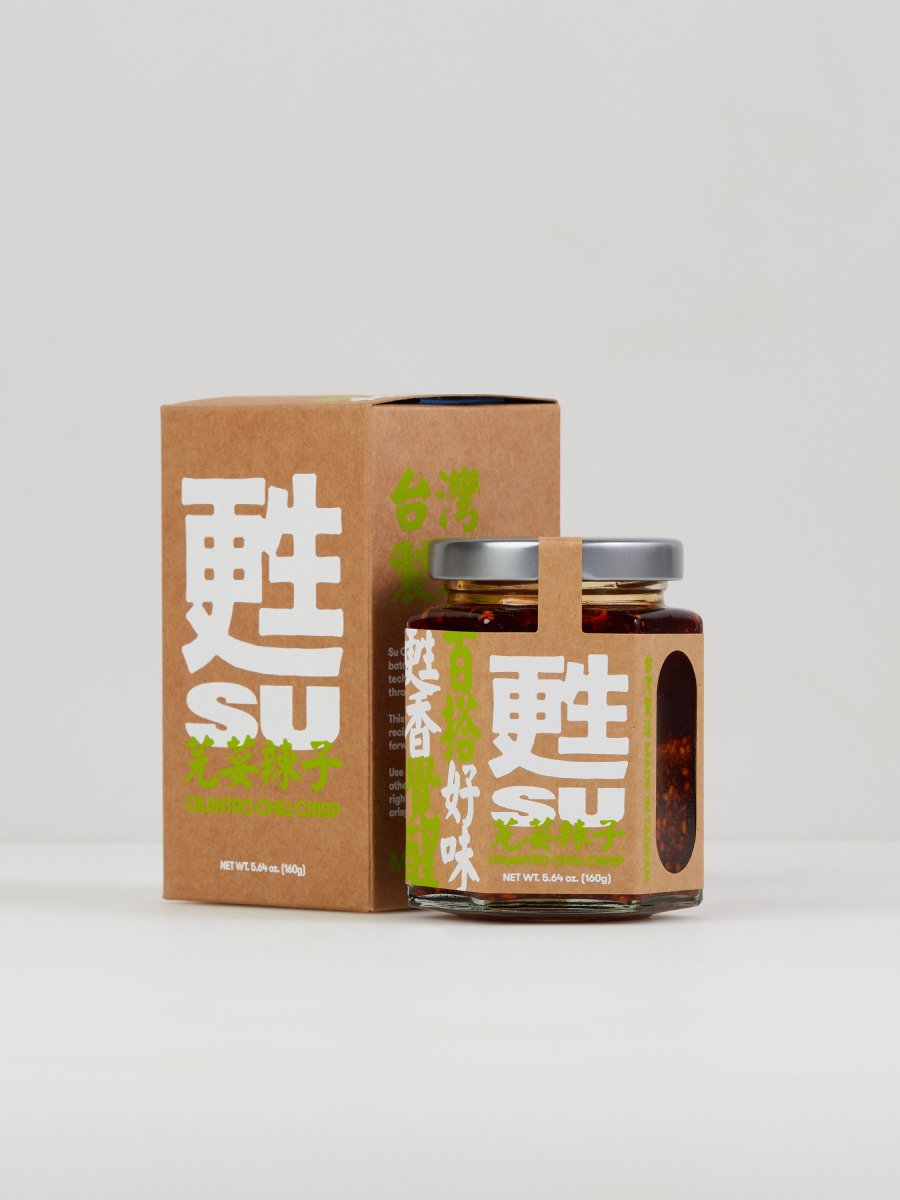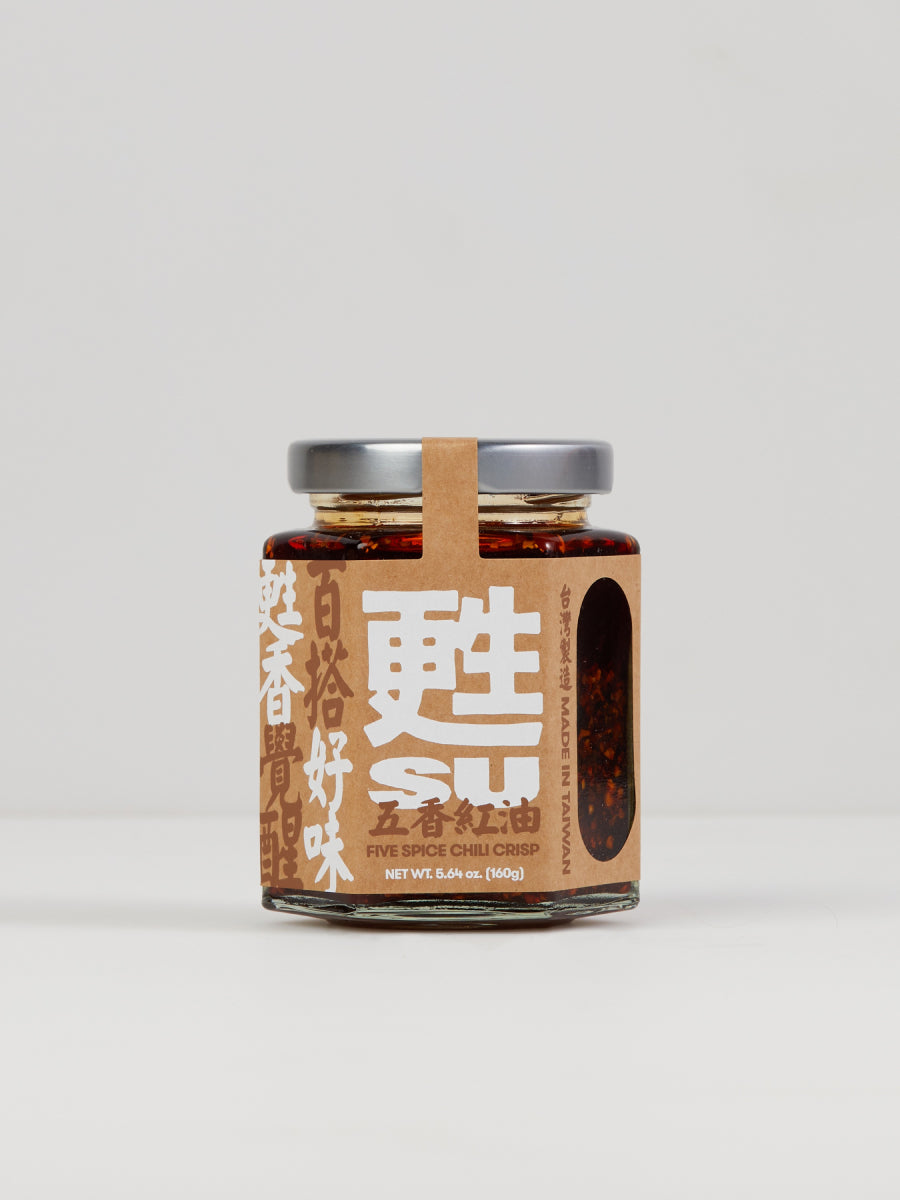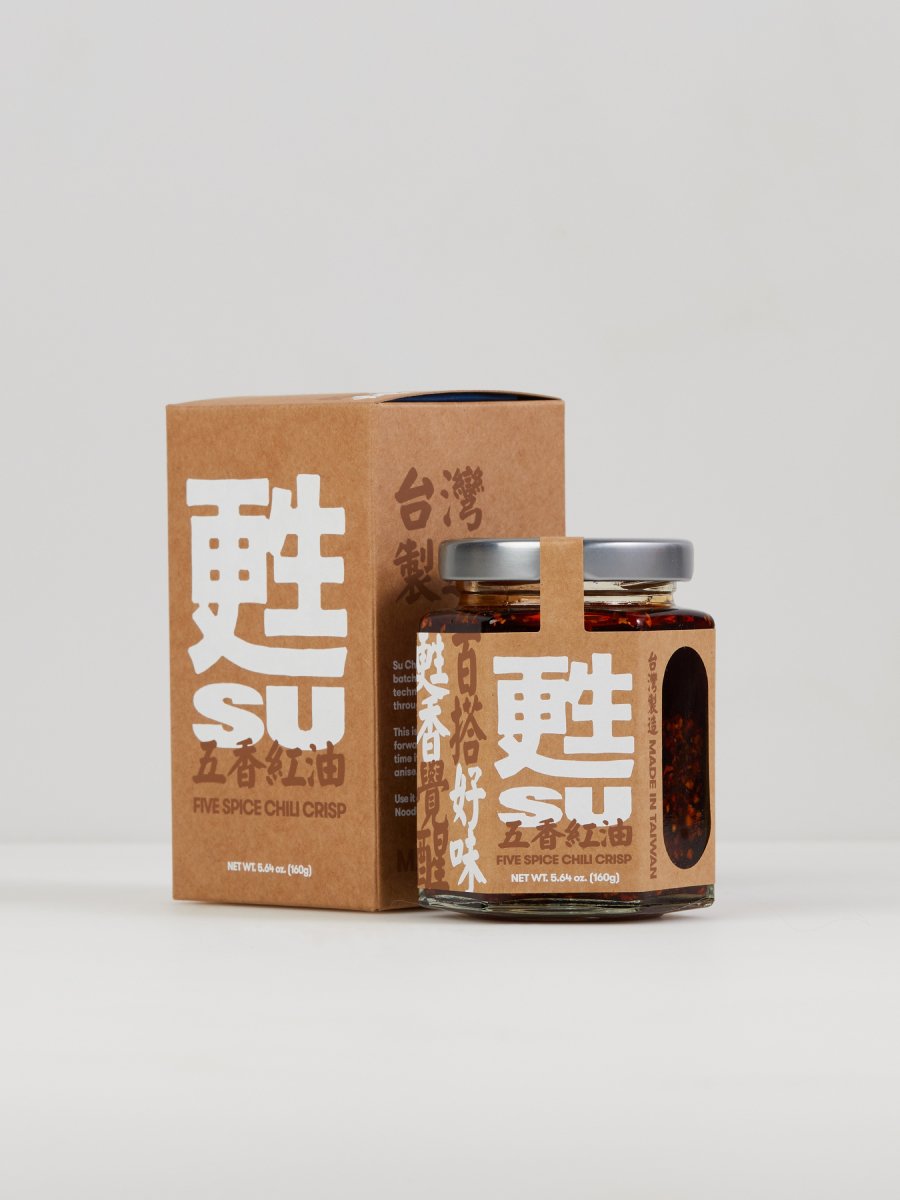Preserved Daikon Radish, known as Luo Bo Gan 蘿蔔乾 or Cai Po 菜脯, is a traditional cured vegetable in Taiwan, made by salting then sun-drying daikon radish. It is one of many pickled foods of the Hakka people, a migratory group with Chinese ancestry that now makes up around 15% of Taiwan’s population.
Meinong Farmers‘ Association makes their preserved daikon radishes from white jade daikon radish 白玉蘿蔔. Although white jade daikon is relatively small—only the size of a karaoke microphone—it has thin skin and fibers, yielding a more finely textured product than those made from bigger varieties.
First, members of the farmers’ association slice the radish into wedges and massage salt into it over the course of two to three days, ensuring that the moisture is completely drawn out. Then the radish is sun-dried in bamboo baskets for a few more days before packing. The salt and decreased moisture inhibit the growth of harmful bacteria, and promote the growth of lactobacilli and other beneficial microbes, which consume the sugars within the radish to create an acidic environment. Throughout the process, wave after wave of different microbes peak and die off, metabolizing and transforming the radish from sharp and white to mellow and dark brown.
All that daikon essence is condensed into a piquant, potent little shred of a thing. It’s got a lovely “cui cui de” 脆脆的 texture. It’s crisp and snappy as much as it is old and dried, reminiscent of the bite in salted jellyfish, pig ear, a perfectly prepared raw celtuce salad, or a masterful shredded potato stir fry.
Across Taiwan, Preserved Daikon Radish appears in homestyle dishes like Preserved Radish Omelet 菜脯蛋, as well as in restaurant dishes like Spicy Stir-Fried Preserved Radish 辣炒蘿蔔乾, a biandang or lunchbox staple.
Tasting Notes and Usage
Piquant, salty, and potent with a snappy, crisp texture that can be described as “cui cui de” 脆脆的
Soak in water for 5 minutes, then rinse and drain to remove excess salt.
Add whole to chicken soup or dice and make Preserved Radish Omelet 菜脯蛋. Also great for adding saltiness to stir-fries.
Ingredients and Instructions
White jade daikon radish, salt
200 g / 7.05 oz
Additive-free
Store in a cool, dry place. If left for a long time, the preserved radish will continue to ferment (like the aged ones!). After its best-by date, the preserved radish is still usable, but the texture will not be as optimal for stir-fries. Instead, save it to flavor soups.
About Meinong Farmers' Association
Founded in 1919, the Meinong Farmers' Association 美濃農會 stewards the Meinong Plains 美濃平原, a Hakka area with over 3,000 acres of fertile land just northeast of Kaohsiung. Twenty years ago, Meinong was known for tobacco cultivation. Local farmers would grow a little bit of radish next to the tobacco for their own sustenance. However, when Taiwan joined the World Trade Organization in 2002 and tobacco companies stopped contracting Taiwanese farmers for tobacco leaves, Meinong decided to commercialize the radish.
Meinong only grows chun yang 朝陽 radish, also known as white jade 白玉 radish. Radishes are planted in September, then harvested and preserved between October and December. Once harvested, members of the association preserve both the radish and its leaves. While the radishes are sold as Preserved Daikon Radish and Aged Preserved Daikon Radish, the leaves are pickled into Luo Bo Miao 蘿蔔苗.
